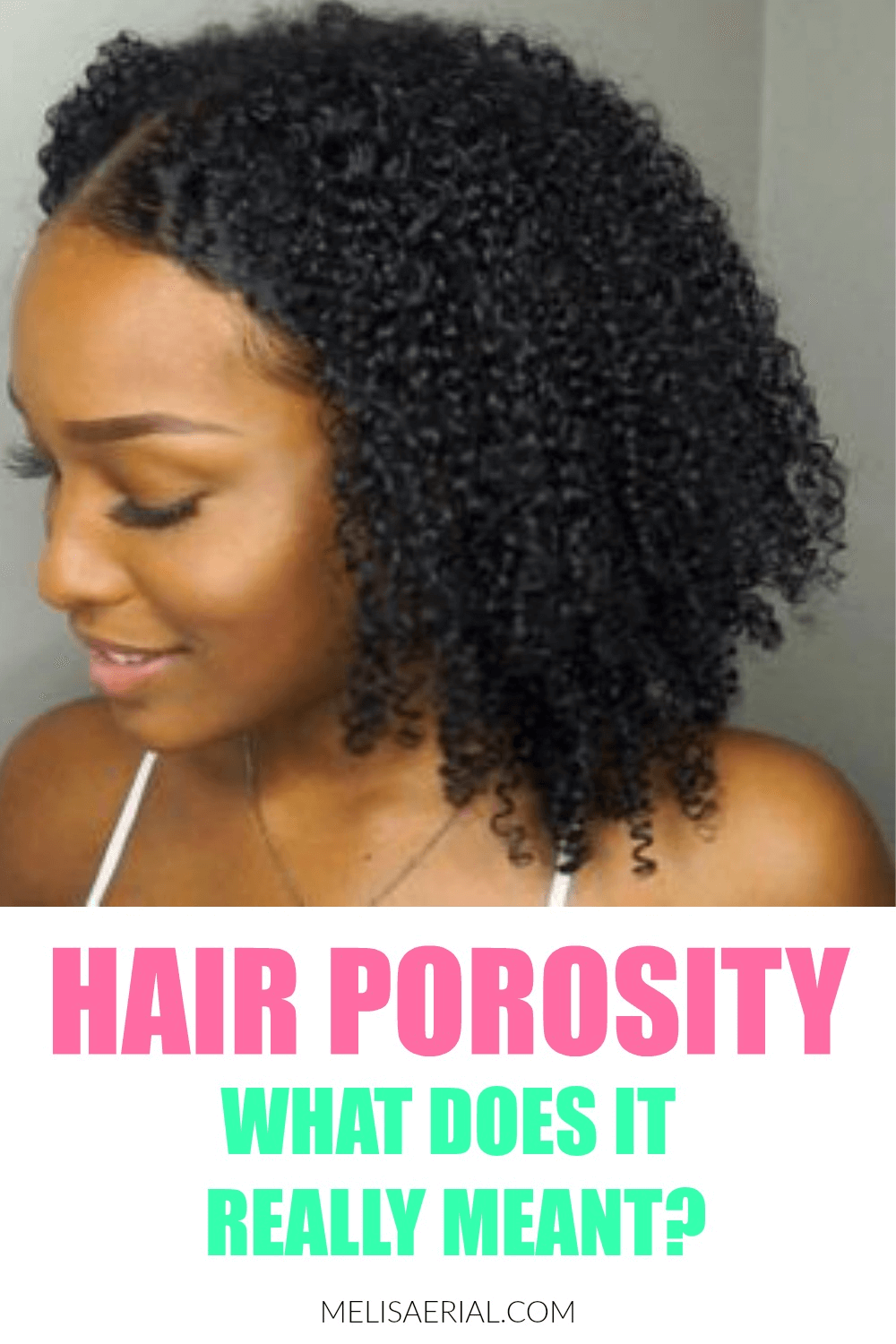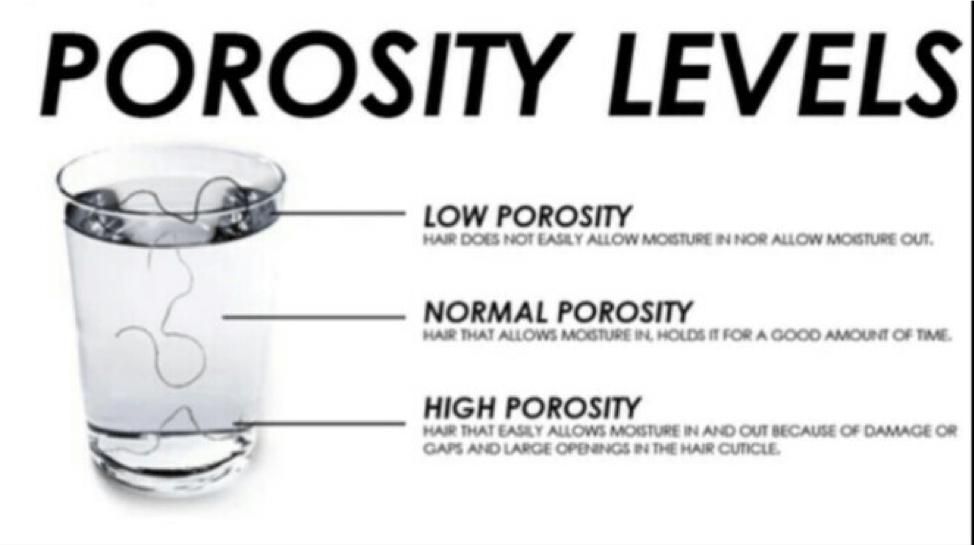Have you ever asked yourself why the ability of hair strands to hold moisture varies from person to person?
Well, the answer lies in having a deep understanding about hair porosity.
We have low, normal, and high porous strands, and they vary due to differences in genetic make-up and some hair treatment techniques like heat and chemical treatment.
LOW, NORMAL, HIGH POROSITY: WHAT DOES IT MEAN?
Your hair has three layers; the cuticle, cortex, and the medulla, and for the strands to stay healthy, moisturizing products need to pass freely from the epidermis to the cortex.
This moisture moving ability is what defines hair porosity.
Low Porosity means high moisture resistance.
The cuticles are tightly packed, making it hard for water to saturate the strands, but once absorbed, it does not escape easily. Besides, the strands do not absorb hair products easily, leading to product build-up.
On the contrary, high Porosity means the cuticles have gaps and holes; hence, absorption of water and moisturizing products is quick, and the strands also dry faster when exposed to air.
However, these hairs tend to be frizzy and dry; thus, prone to breakage.
Normal Porosity is a sign that your cuticles are neither tightly bound nor too open; therefore, the strands absorb moisture readily and can retain it for long.
These make your hair have a glossy appearance and easy to style.

HOW DO I KNOW MY HAIR POROSITY?
The quickest way to taste your hair porosity is sliding your finger down a single strand; If it feels smooth, then your hair has low Porosity.
High porosity hair will always feel rough. However, the most accurate method is doing a FLOAT test, as per the procedure below:
a) Please get rid of any product build-up in your hair by shampooing and conditioning it, and then allow the strands to dry naturally.
b) Fill a glass with cold water.
c) Drop one strand in the glass and observe its behavior.
Your hair has:
High Porosity if the strand sinks quickly to the bottom of the glass
Normal Porosity if the strand floats in the middle of the glass
Low Porosity if the strand floats first at the top and sinks after that

IS 4C HAIR LOW OR HIGH POROSITY?
4C hair usually has more tight coils, but people often assume it is highly porous due to its water retention characteristic and its curl definition.
The only short cut to knowing 4C hair porosity is to do a test.
HOW TO CARE BY HAIR POROSITY
Normal porosity hair has a regular moisture inflow and outflow rate; therefore, it does not need any special treatment.
You should, however, minimize the use of heat and chemical treatments to keep the cuticle always on the check.
Use protein-free conditioners on low porosity hair, and apply them on wet strands.
Besides, use moisture-rich products but avoid oily ones since they have little penetrating ability.
Liquid-based products will also help to prevent product build-up.
Maximize the use of leave-in conditioners for low porosity hairs, and always use a heat protectant when subjecting the strands to heat.
Besides, get rid of hot water when shampooing and conditioning, but use lukewarm water instead.
Finally, yet importantly, use oily products to help moisturize your strands.
There are no wrong or right hair types; so, understand how porous your hair is and know how best you can maintain it to be healthy and robust at all times.
Melissaerial.com is a participant in the Amazon Services LLC Associates Program, an affiliate advertising program designed to provide a means for sites to earn advertising fees by advertising and linking to Amazon.com.
If you purchase anything from the links on this blog, I may receive a small affiliate commission. I only mention products I use and love and would recommend whether I was being compensated or not. Thank you so much for your support of Melissa Erial blog!
Sharing is caring!


How can you get your hair from low porosity to normal porosity?